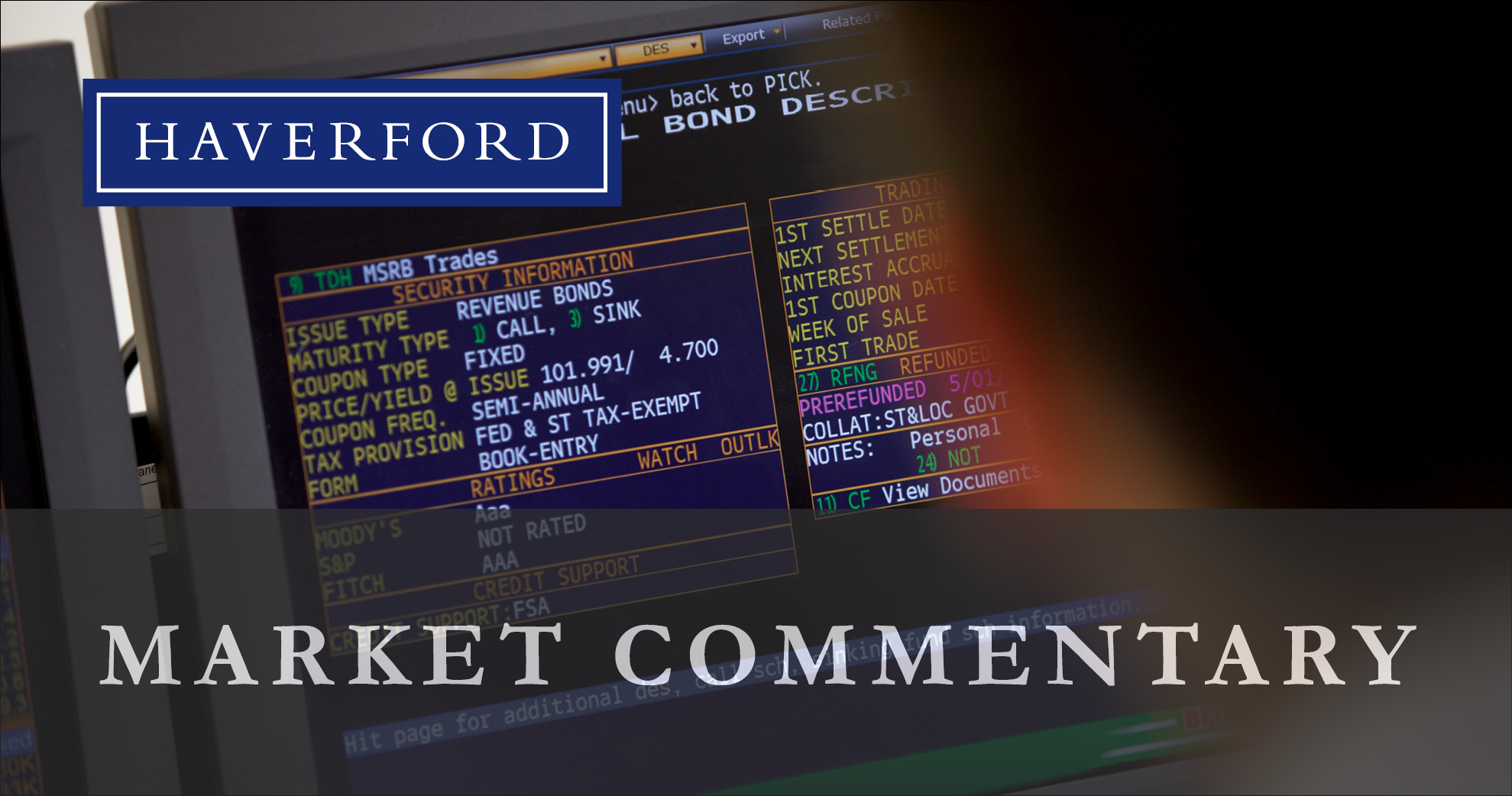Recent News and Insights
AIM Academy: The Intersection of Business and Education
Hank Smith is joined by Pat Roberts and Nancy Blair, co-founders of AIM Academy and the AIM Institute for Learning and Research, on this episode of Speaking of Quality to discuss overcoming entrepreneurial challenges, planning for the future, and the importance of literacy and diverse methods of learning.
Market Commentary: October 23, 2025
U.S. electricity prices have surged over the past year, outpacing inflation and highlighting structural challenges in the power sector. National costs are up 5% year-over-year on average, although this figure masks that some regions are feeling the pain more than others. Prices in New Jersey, for example, have risen 22% in the past year. The surge has led utility bills to become a primary topic in the state's ongoing Governor's race. According to the New York Times, "electricity is the new eggs".
Tim Hoyle, Chief Investment Officer Thoyle@haverfordquality.com Earnings Results Justify Lofty Multiples for Top Tech [...]
At Haverford, we take a multilayered approach to securing our digital assets, which may [...]
Hank Smith is joined by Pat Roberts and Nancy Blair, co-founders of AIM Academy and the AIM Institute for Learning and Research, on this episode of Speaking of Quality to discuss overcoming entrepreneurial challenges, planning for the future, and the importance of literacy and diverse methods of learning.
U.S. electricity prices have surged over the past year, outpacing inflation and highlighting structural challenges in the power sector. National costs are up 5% year-over-year on average, although this figure masks that some regions are feeling the pain more than others. Prices in New Jersey, for example, have risen 22% in the past year. The surge has led utility bills to become a primary topic in the state's ongoing Governor's race. According to the New York Times, "electricity is the new eggs".
Hank Smith is joined by Joyce Abbott, author, public figure, and retired Philadelphia School District educator, on this episode of Speaking of Quality to discuss the power of teamwork, her philosophy for teaching, and the importance of learning about financial literacy and civics at an early age.
The S&P 500 hit an all-time high six days into a government shutdown. It seems nothing will slow this market down as long as three critical ingredients are in place: 1) easing monetary policy, 2) strong earnings growth, and 3) AI optimism. At least for now, weaker employment data, geo-politics, and weak consumer sentiment just doesn't matter.
Joyce Abbott, the namesake behind the hit television series Abbott Elementary, is celebrated for [...]







